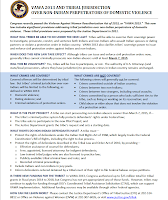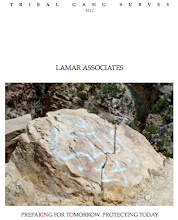Sam’s gratitude for his recovery and recognition inspired him to give generously of his time and artwork to causes that support Indian Country’s recovery from historical trauma. In the PBS documentary Colores, he says, “My being an artist gives me the freedom to be involved with community. It gives me an opportunity to interact with my community. That gives me the energy to be creative about my community. It’s given me access to life, to be able to do this. To have people look at my art and like what I do, that grounds me. Reminds me of where I came from. Reminds me that I have a contribution to make to my community.” Indeed, there is hardly a single cause—from domestic violence and child protection, to alcoholism and diabetes—that Sam English has not given to and created art for.
Today Sam’s community, including Anglos, Hispaños and Indians, is just waking up to the fact that he has reached the time of his much-deserved retirement. In retirement, as during all the years of his working life, an artist's income is totally dependent on selling his art. Planning for the future, Sam has salted away paintings over the years in the hopes that they would provide a steady income in his golden years.
The collected paintings of Sam English constitute an unparalleled treasure trove of public art, created by the Native artist in cooperation with countless government agencies and non-proft organizations, as well as many original pieces. True to his legacy in community activism, each image makes a strong statement about Native American strengths and how we can help each other to build a better future.
Sam hopes that selling his life’s work will provide him with an adequate retirement income, but he is hoping to find a single buyer for the collection, like a large museum, a tribe, or a private collector.
As a man who never turned away from an open hand or a good cause, it's up to us—all his relations—to step in for him, by helping to find a buyer for his magnificent life's work. Some of us might know acquisitions directors who might take up the cause. Some of us might be able to write letters to the Heard, NMAI, tribal leaders or private collectors and let them know how important Sam's art is to you.
Sam said of his art, “I want Indian people to look at it and say, ‘Hey, this is a good rendition of who we are and invokes all the things that make me feel good about myself.’” Anyone enjoying Sam’s art, or his company, is inspired both to feel good and to do better for each other.
Recommending Sam's art to your friends with money: Free
Sam English coffee table book: $47.98
Sam English signed Tribute to Wilma Mankiller: $335.00
Original Sam English paintings: Price available on request
Helping Sam create the retirement he deserves: Priceless






















